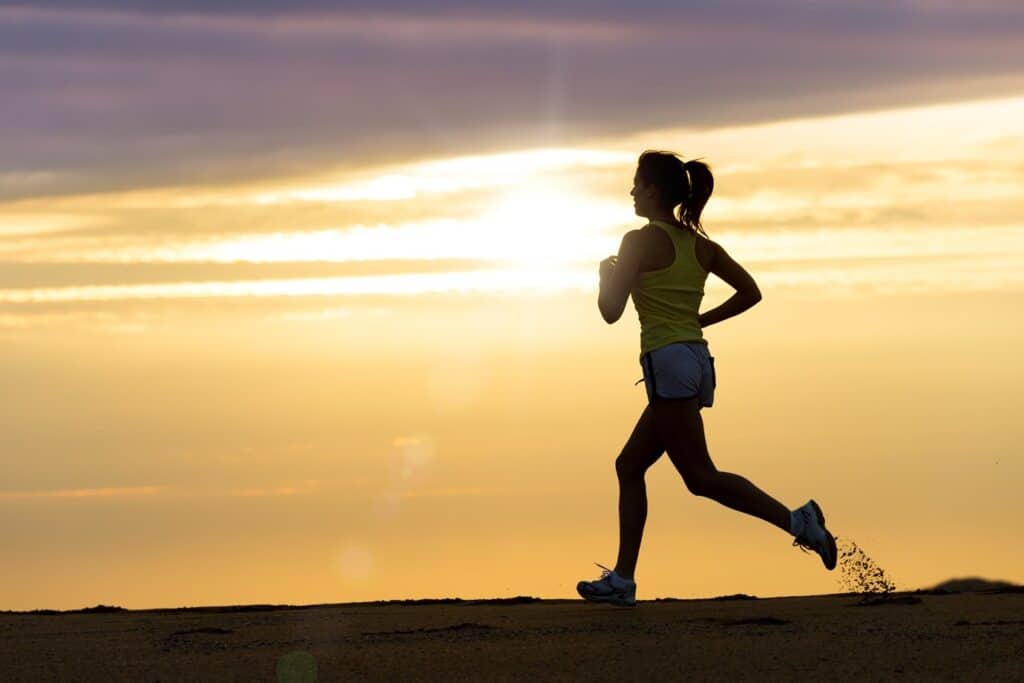Last month, Samantha Murphy, a 51-year-old woman from Ballarat, laced up her shoes to go for her daily run before police allege she was murdered by 22-year-old Patrick Orren Stephenson.
Since Stephenson was charged on Thursday, women have flooded social media with tributes for Murphy, vowing to complete the run she would never finish, with hashtags like #runforsamanthamurphy and #finishsamanthasrun.
Underpinning Murphy’s tragic alleged murder is the knowledge that she’s far from the first woman to be murdered while on a run, and far from the first woman to not be granted safety during simple, everyday exercise.

Myself, like a lot of women, use running as a coping mechanism – a release from the everyday stressors of life in a world that caters to men. The fact that not even this outlet can exist without women fearing for their safety is especially infuriating.
I know too many women who’ve experienced demeaning catcalls on a run, had cars honk repeatedly at them or been followed for far too long by a man in a car.
Not to mention the pang of anxiety that emerges on the trails when you’re running alone and pass a group of men. Or the instinct to grab your house keys and stick them between your fingers ‘just in case’.
Back in university in the US, I rarely left for a solo run without sticking pepper spray in my pocket if I knew it would be dark out.
According to 2023 research from Adidas, 92 per cent of women feel concerned for their safety when running, with half (51 per cent) feeling afraid of being physically attacked.
The survey of 9,000 runners from nine different countries also revealed that 38 per cent of women have experienced physical or verbal harassment while running, and over half of these women have received unwanted attention, sexist comments or unwanted sexual attention, been honked at or followed.
There’s always a feeling of being on-guard or wondering ‘what if’ when running alone as a woman, so it’s no surprise there’s a wave of collective grief spreading throughout local running communities as new details emerge from Murphy’s devastating alleged murder.
Here in Australia, all the way from Queensland to regional Victoria, hundreds of women are sharing their stories and dedicating their runs to honour Murphy’s memory.
Women are posting to platforms like Facebook, Garmin and Strava showing them either running the 14km Murphy set out to run at the time of her disappearance, or the 7km she reportedly had left to run.
Women in the Running Mums Australia community group – boasting 42,000 members– dedicated all of their runs to Murphy in the hopes of driving change for women’s safety on runs.
Paying homage to the healing effects of running that were denied to Murphy’s stolen life, one woman, Ange Cairns posted to Facebook saying: “Running outside has been my saving grace through the highs and lows of life since I was 12yrs old. Like my parents told me to be careful, I now tell my daughter the same. It’s just not okay.”
It’s no coincidence that so many people are sharing in an intense grief for Murphy’s life and an increased awareness of the dangers of running alone as a woman. The reality of the situation is harsh and extremely palpable for those who run.
I’ve always used running as a form of therapy – a way to become attuned to myself and the world around me. Some of my most magical moments of running have been with just myself and an open road and a clear mind.
It’s a type of euphoria that I wish more women could experience, and yet, knowing the reality of safety for women, it seems almost unimaginable to shout it from the rooftops without including a disclaimer that this serene form of exercise could get you harassed, attacked or even killed.
The dichotomy is ruthless, and must be addressed to give justice to Samantha Murphy and all of the women who’ve been hurt on a run before her and the next generation of female runners who deserve peace of mind.


